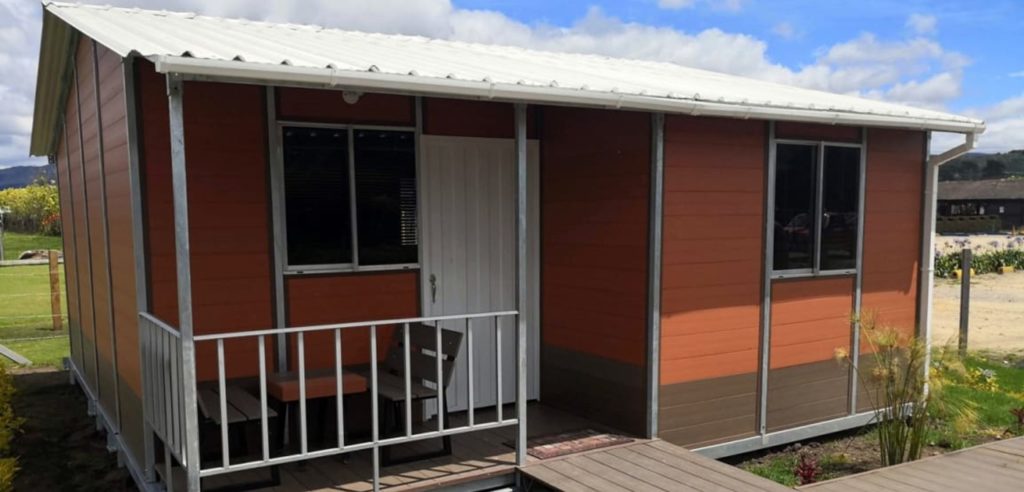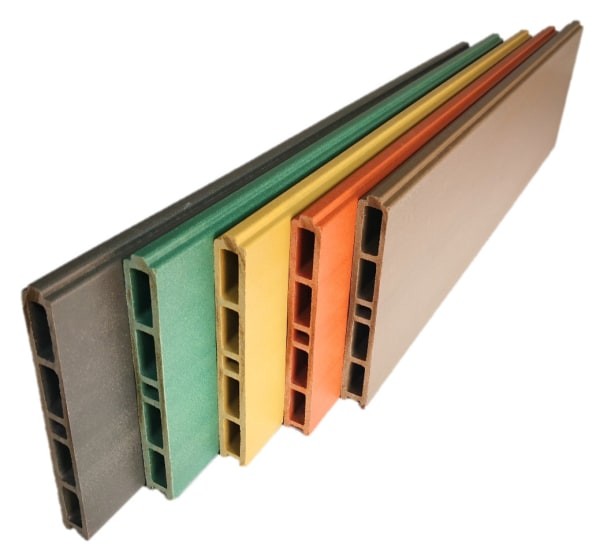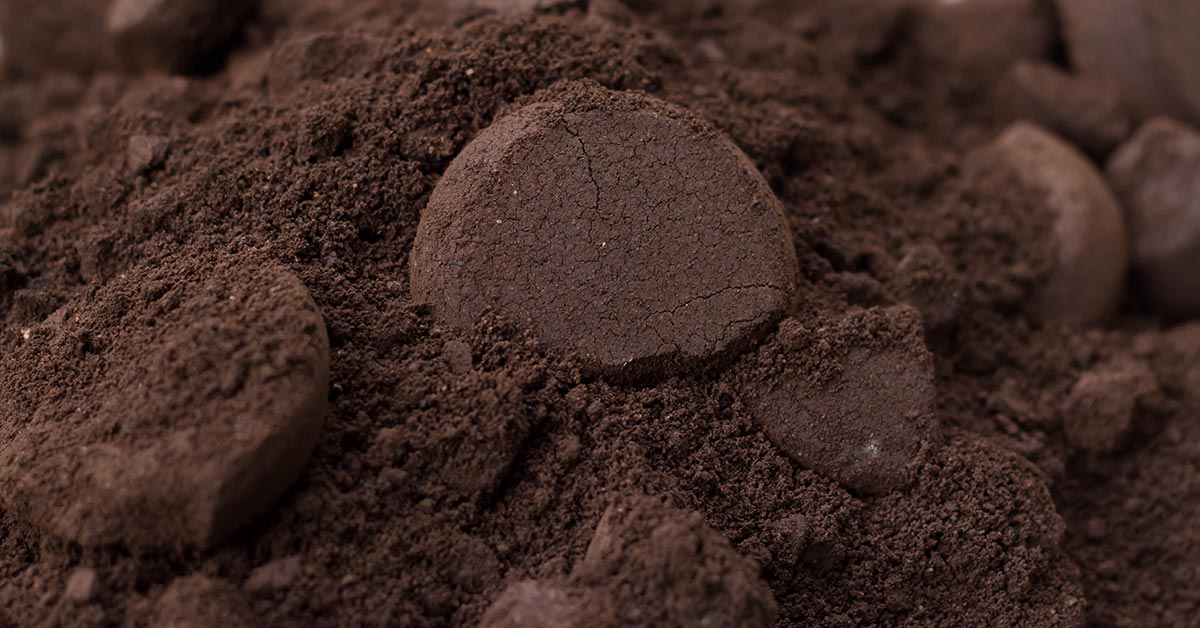Ever seen a house made from coffee? Well, if you love coffee, you are going to love this!
Can you think of anything better than a house made from coffee? Besides being the most consumed beverage in the world, coffee is now being used to build houses. Did you know that coffee generates large amounts of agricultural waste, which make up about 30% to 50% of the actual weight of the coffee being produced? Undeniably, the husks and pulp leftover from the bean currently have no profitable uses, and getting rid of it is proving to be a huge environmental issue. However, there are very clever, innovative thinkers and inventors out there who have come up with a brilliant way to use the husk and pulp of the much-loved coffee bean in a way that is not only profitable but sustainable and environmentally friendly. The waste from coffee production is now being used to build houses made from coffee!
A sustainable way to build a house made from coffee
Coffee husks and pulp is a paper-like material that naturally falls off when the beans are being roasted. This normally becomes waste, and when dumped, it begins to release methane, a powerful greenhouse gas. Luckily, a company based in Columbia has a sustainable way to use the leftover husk and pulp! By combining it with recycled plastic. They have now begun combining the husks and pulp with recycled plastic to create a new material! The material that is now being used to build sustainable housing. Coffee husks are now being used to create a real house made from coffee!

The brilliance doesn’t stop there; the Bogota-based company called Woodpecker makes the strong yet lightweight material available for a very affordable price and is sold in bundles, making transporting the material very easy, especially if you live up on a hill or in a remote destination.[1]
“We saw that there was a huge necessity for a lightweight construction system for housing and classrooms in rural and isolated places where traditional construction systems cannot go—like bricks, cement, and concrete.“
Alejandro Franco. CEO of Woodpecker
Why coffee husks and pulp?
Alejandro and his team needed to find or create a material that was not only cost-effective but lightweight so that it may be transported via small boats, helicopters, or on the back of donkeys. Certainly, their objective was to be environmentally safe and sustainable by using natural fibers. They tried to combine all sorts of natural fibers with recycled plastic. These were including sawdust, rice, and even palm and grass fiber. In the end, they chose coffee husks and pulp for their strength, durability, and availability.
“Coffee husk was selected because it’s stronger and drier than the other fibers.”
Alejandro Franco
The other spectacular fact about this new material is that it is fireproof and also prevents insect problems.

This amazing material is not only providing affordable building material, buy saving the country’s landfills from producing methane caused by the waste![2]
“We saw that there was a great need for a lightweight construction system for homes and classrooms in rural and isolated locations where traditional building systems cannot work, such as bricks, cement, and concrete.”
Alejandro Franco
Building one house made from coffee lead to 2500!
Alejandro and his team at Woodpecker have been in this trade for about 10 years. Also, they have recently built their 2,500th house!
Also, they sell the material in ‘pre-made house kits used to build a house made from coffee are easy to transport and assemble. Basically, the kits come with lightweight steel frames and can be assembled like LEGO with no need for heavy-duty tools. The coffee husk and pulp boards can then easily be attached to the frames without screws or nails.
The company also sponsored two complete houses to the Colombian island of Providence when a category 5 hurricane struck the island community, destroying more than a thousand homes.[2]
Alejandro then went on to say;
“The system worked perfectly considering there was no power supply, the ground was muddy, the airport was damaged, there was no food, etc., all the problems you can imagine. We believe that our houses are an excellent solution to the housing crisis there.”
Alejandro Franco
Keep Reading: Old Grain Silo Is Turned Into 454-Square-Foot Tiny Home
Sources
- “This House in Colombia is Made From Coffee Waste.” Stuff Lovely. February 18, 2021.
- “This house is made from coffee.” Fast Company. February 12, 2021.

